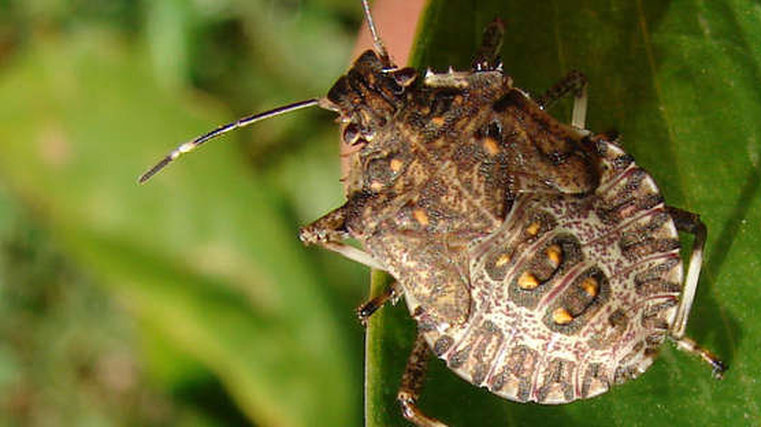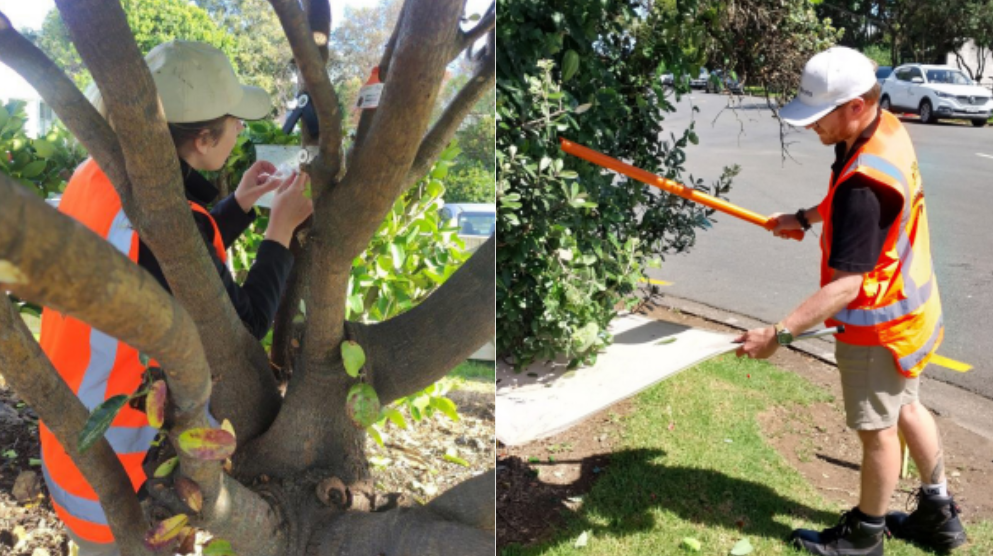MPI fails to find stink bugs

A programme set up by the government has failed to find any brown marmorated stink bugs (BMSBs) at survey sites across New Zealand.
A pilot post-border early detection and monitoring system to counter the threat of the insects was launched by the Ministry for Primary Industries (MPI) for the 2018/19 high-risk season.
The idea was for experience gained in surveying and detecting stink bugs would be used to help eradicate them if they became established here.
Even if surveys detect no BMSBs, the frequent collection of native and introduced pentatomids – stink and shield bugs – provides evidence to trade partners that this country is free of the pest.
Following pilots, the MPI established an annual national stink-bug surveillance programme in 2019/20 conducted by Auckland-based SPS Biota.
It consists of seasonal monitoring using lured traps placed on or near host plants, and vegetation searches at targeted transitional facilities and other risk sites.
The MPI recognises stink-bug incursions aren’t limited to one commodity.
Rather, high-risk pathways exist for accidental importation associated with overseas cargo, such as used vehicles, new and used machinery, and containers carrying goods from BMSB host countries.
During the 2019/20 high-risk season, for example, car imports into New Zealand were heavily impacted when stink bugs were discovered on vessels and vehicles.
The number of inspection sites remained at 80 for the 2022/23 season with 66 per cent in the North Island.
Of the targeted sites, 68 were transitional facilities with past histories of interceptions or importing significant volumes of risk materials from host countries. The remaining 12 were yards storing imported cars from stink-bug host countries.
Kiwifruit Vine Health (KVH) funded six extra sites near horticultural activities in the Bay of Plenty.
All targeted sites were surveyed for the presence of host trees before the traps were set up.
The survey method entails putting two lured sticky-card traps on host plants about 125 metres apart or on wooden stakes. Each lure was changed every 12 weeks during the season.
Field officers collected insects by a combination of trap inspections and vegetation searches, beating bushes over sheets to collect bugs within five to 10 metres of traps.
The survey season spanned 24 weeks with traps inspected every 10 working days with any insects looking like pentatomids being regarded as suspect BMSBs.
From the 80 national risk sites, 753 samples were collected and 755 pentatomid specimens recorded. The six KVH-funded risk sites captured 54 samples with 56 specimen identifications.
The good news is that no adult or larval BMSBs were detected at any of the sites.
However, eight specimens of interest other than pentatomids were found. These were determined not to be of biosecurity risk and were native or naturalised introduced species.
The pattern of BMSB detections over the past five years appears to effectively track populations from emergence in November to a decline from March onwards, and there’s little evidence for extending the duration of surveys.
“The programme has again generated robust evidence supporting claims of area freedom for this pest in New Zealand,” states the report.
“Methods used to detect BMSBs are continually being refined and this will help inform response actions to any detections in the future.”
The stink bug is a high-impact nuisance and environmental pest from Asia that’s now having a significant impact in the US as well as parts of Europe and South America, such as Chile.
It feeds on a wide variety of plants, fruits and vegetables causing significant economic losses in many crops.
The bug is also a significant nuisance pest because of its habit of aggregating in very large numbers – in the thousands – during winter in dwellings and other structures.
If the BMSBs were to become established in New Zealand, they could severely impact the horticulture, forestry and tourism industries, and potentially affect indigenous flora.






